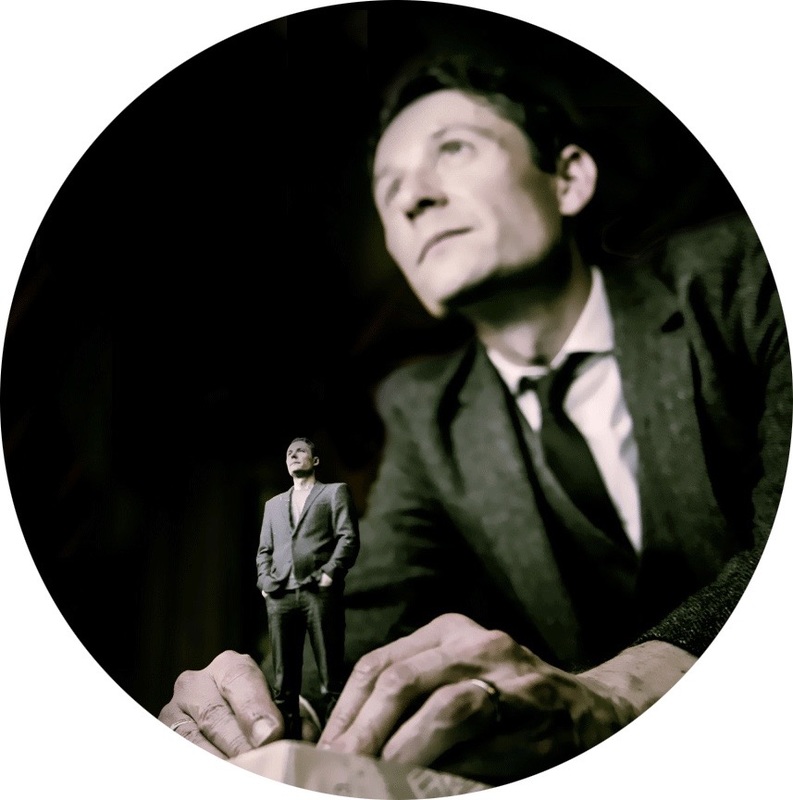|
For the Introduction to Social Research Methods course (part of the MSc in Digital Education) I was asked to write about a method that I use in my own research. I chose to describe some of the ways that sound has helped me to ask questions about educational spaces and practices. And rather than writing a piece, I decided it would be record myself talking on the subject.
The piece begins with me inviting students to participate in a version of the 'ear cleaning' activity developed by R Murray Schafer, who was part of the World Soundscape Project at Simon Fraser University. From there I go on to propose a definition of 'sonic method' (02:15 minutes in), how sound has gradually become more popular within social and education research (05:12), three examples of how sound has featured in my own digital education research (09:35), and the scope and subjectivities of working with sound as a method (16:30).
One of the messages I convey in the recording is that while sound offers something distinct as an approach to inquiry, this will most likely happen in concert with more traditional methods, especially those concerned with what we see. And I don't expect that the piece will suddenly lead to a whole series of student dissertations that depend on sonic methods. Nevertheless, I'm convinced that sonic materials and methods provide powerful ways of enabling us to critically tune into our educational surroundings.
0 Comments
Leave a Reply. |
Search categories
All
I am a Lecturer in Digital Education (Education Futures), within the Centre for Research in Digital Education at The University of Edinburgh.
@james858499 [email protected] |
